Allergies for Pets: Which food to give to your Dog or Cat to Avoid Them?

Food allergies in cats and dogs are considered a rare occurrence by many, some people are not even aware that their pet might develop one. However, food allergies account for 20% of skin and gastrointestinal problems in pets, and when not treated in time may end up causing severe health problems for your cat or dog.
Among the symptoms of food allergies are: itchy skin, hair loss, vomiting, diarrhoea, and many other skin or digestive system diseases. However, these problems are quite common among pets, and might indicate a wide range of illnesses. This is also complicated by the fact that gastrointestinal problems are often related to what is known as food intolerance. “But aren’t food allergy and food intolerance the same thing?” you might ask. And if they’re not the same, why does it matter?
While many use food allergies and food intolerances interchangeably, we would like to draw a difference between these two terms.
- Food allergy is an immune response to some types of proteins that your pet eats.
- Food intolerance doesn’t involve an immune reaction - it’s an inability to digest certain types of food.
The latter usually shows only as different forms of gastrointestinal problems, while the former can emerge both as digestive problems and skin problems, and in some cases may look like an ear infection, bacterial and yeast infections, red eyes, and even excessive paw licking. Also while food intolerances are easier to spot – they appear just like in humans, when the dog or cat eats something he is intolerant to, there is some kind of reaction within a short amount of time - diagnosing food allergies is a much trickier matter.
Food allergies are more difficult to spot due to two reasons:
- According to research, there are no reliable tests to diagnose food allergies - they always show conflicting results.
- Food allergy is not something that occurs instantly when you add a potential allergen to your dog’s food or cat’s food: it might even take up to a couple of years before your pet gets sensitised enough to the allergen, and the first symptoms appear. So, you can easily tell your pet is intolerant to some kind of food and remove the product from his diet, but it’s hard to tell what exactly your dog might be allergic to, and it takes time and effort to figure it out and relieve your pet’s symptoms.
So, to get rid of food intolerance symptoms you simply change something in your pet’s diet, but what do you do if it’s food allergy?
What to do if a dog or cat is diagnosed to have a food allergy?
The first thing to do in case you notice your pet is having some health problems is, of course, to go to a veterinarian and ask for help. There is a range of different things that your pet might end up being diagnosed with but in case your vet says that it’s most likely food allergies, here is something you might want to do to relieve the symptoms:
If your dog or cat is allergic to something, you can find out what is causing the allergy by initiating a food trial.
A food trial is when you switch your pet’s diet to something completely new for him, and then after some time, you re-introduce what you used to feed him. When your pet’s allergic symptoms come back, you can find out which food from his old diet was the one (or ones – pets can be allergic to many types of food) causing his allergy.
It’s crucial that you don’t rush your pet into his new diet from day 1 – introduce it over a week. For example, you can start the week by feeding him ¼ of his new diet and ¾ of his old diet, get to half-and-half by the middle of the week and keep increasing the ratio of the new diet as the week goes until you completely replace his old diet.
For food trial, we suggest you try giving your dog Fisherman Feast Dog Food, which features six varieties of natural high-quality fish meat, with the recipe developed by pharmacists. We suggest Vetalogica Biologically Appropriate Riverland Red for cats too as it features soothing meats such as goat, lamb and salmon which is a unique combination for cats’ diets, meaning it might serve as a new never-tried-before diet.
Is there a way to avoid food allergies?
There is something you can do to decrease the risk of your pet developing a food allergy as much as possible. It’s trying rotational feeding instead of sticking to the same diet throughout your pet’s life.
Rotational feeding is when you switch between the different types of food that are the source of protein in your pet’s diet (for example, chicken, fish, lamb) and the type of food that your pet eats (boiled, raw, wet, dry) for a certain period. This type of diet helps your pet not get sensitised to a specific type of protein and not develop an allergic reaction to it.
It’s important to note that introducing this new variety into your pet’s diet should be done as gently and knowingly as possible. You don’t want to accidentally cause digestive problems by, for instance, giving your dog or cat food that has wheat in it, which is one of the top 5 food intolerances among dogs and cats, or by changing his diet around so drastically that he gets diarrhoea because he is not used to that kind of routine.
For rotational feeding, you can try switching between Vetalogica Grain Free Salmon and Kangaroo Dog Food for dogs and Vetalogica Grain Free Kangaroo Cat Food for cats. While all of our dog and cat food is healthy and safe for your pet, we suggest you stick to the types of meat that are quite rare in a pet’s diet first and then move on to switching between the whole range of our products that include chicken and lamb as well.
To deal with the food allergy or avoid it, some pet owners stick to home-cooked meals for their pets. If you decide to go with the home-cooked food, please consult your veterinarian first. He/she will help you pick the right diet for your dog or cat and avoid accidentally putting ingredients that might be potentially harmful to your pet’s health. Your dog may also need dog supplements in addition to their home-cooked meals to ensure a complete and balanced diet is maintained.
Healthy food - happy pets
At Vetalogica, we prioritise your pet’s health, and that’s why we make sure our dog foods and cat foods are made of high-quality meat with all the necessary minerals and nutrients needed for a long and fulfilling life. We don’t include artificial colours, flavours, and preservatives, and our products are grain-free. You can ensure the allergy-free healthy life of your pets by integrating our products into their diet from a very young age – we provide food for kittens and puppies too.
For more information on how to maintain a healthy diet for your cats and dogs, please refer to our previous articles:
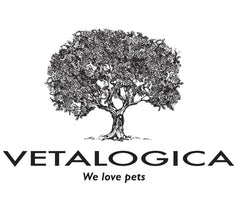
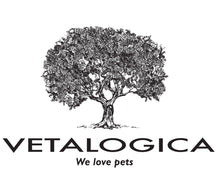
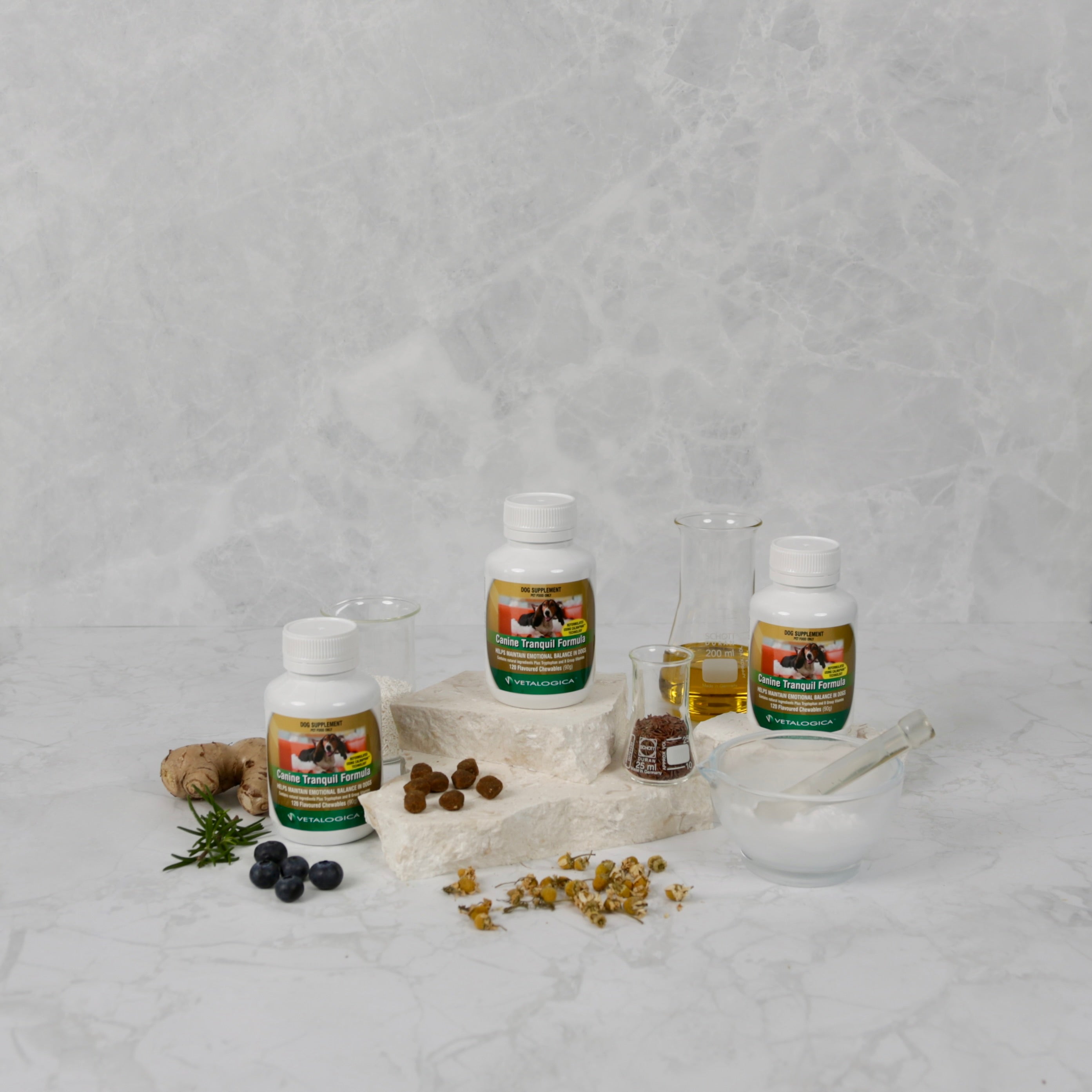

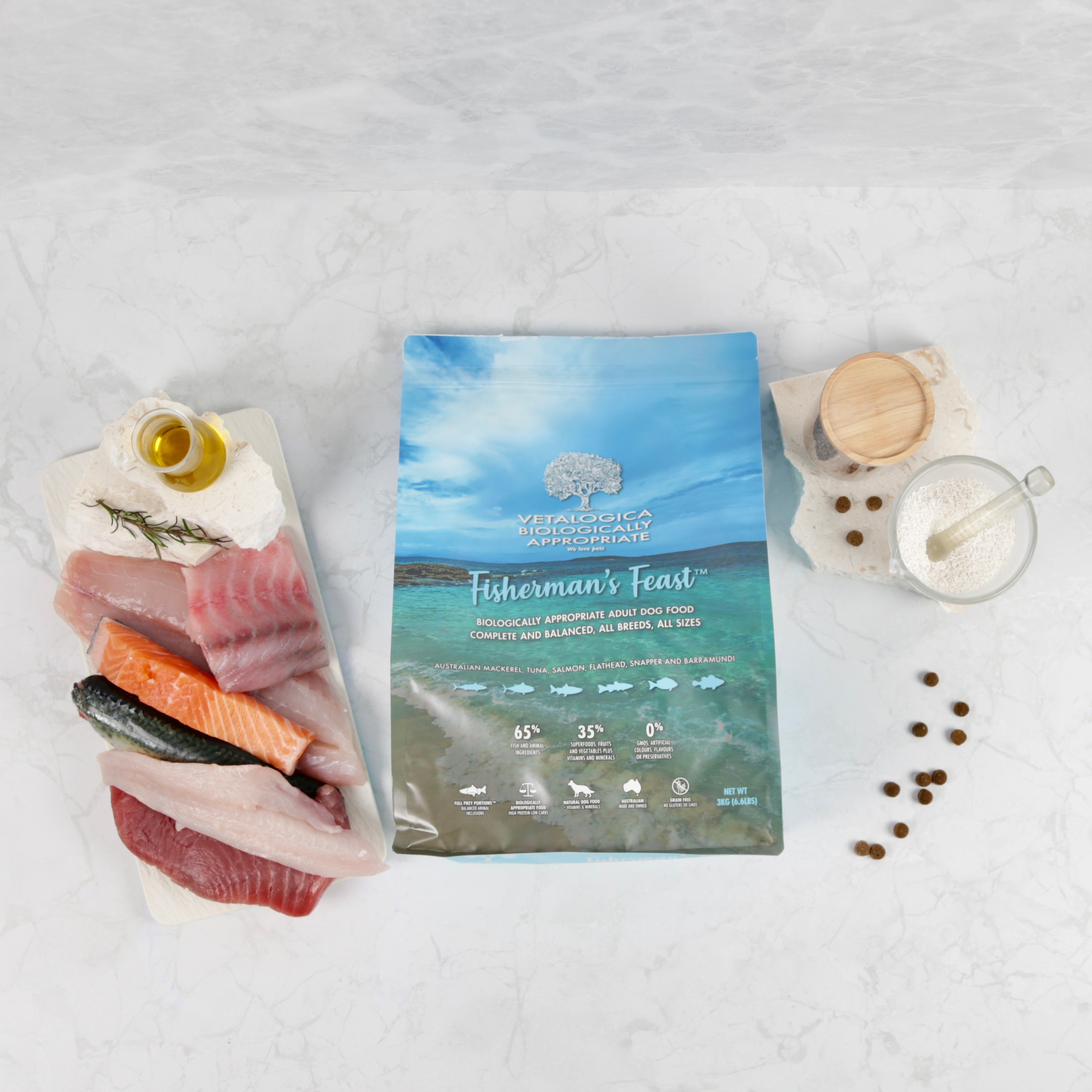

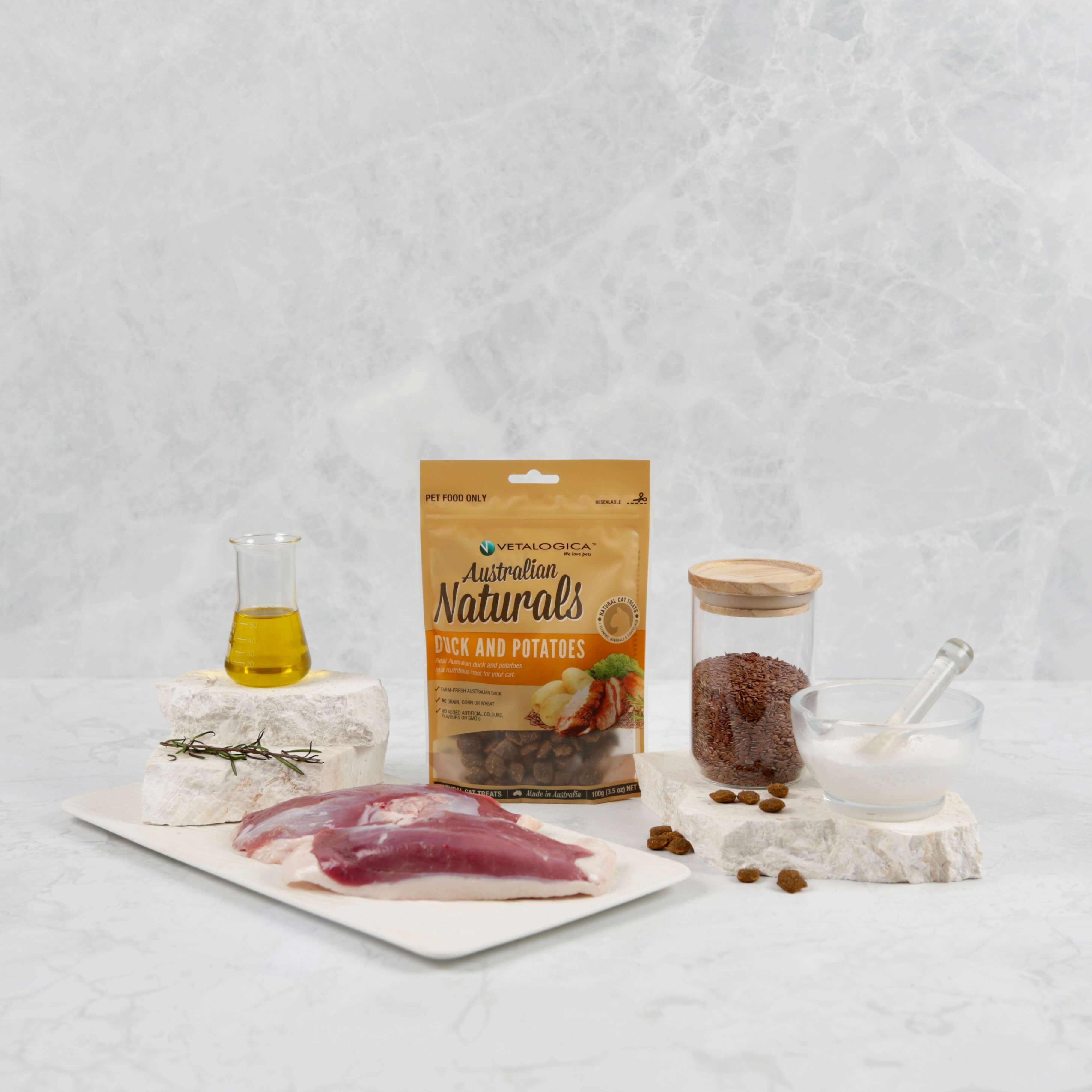

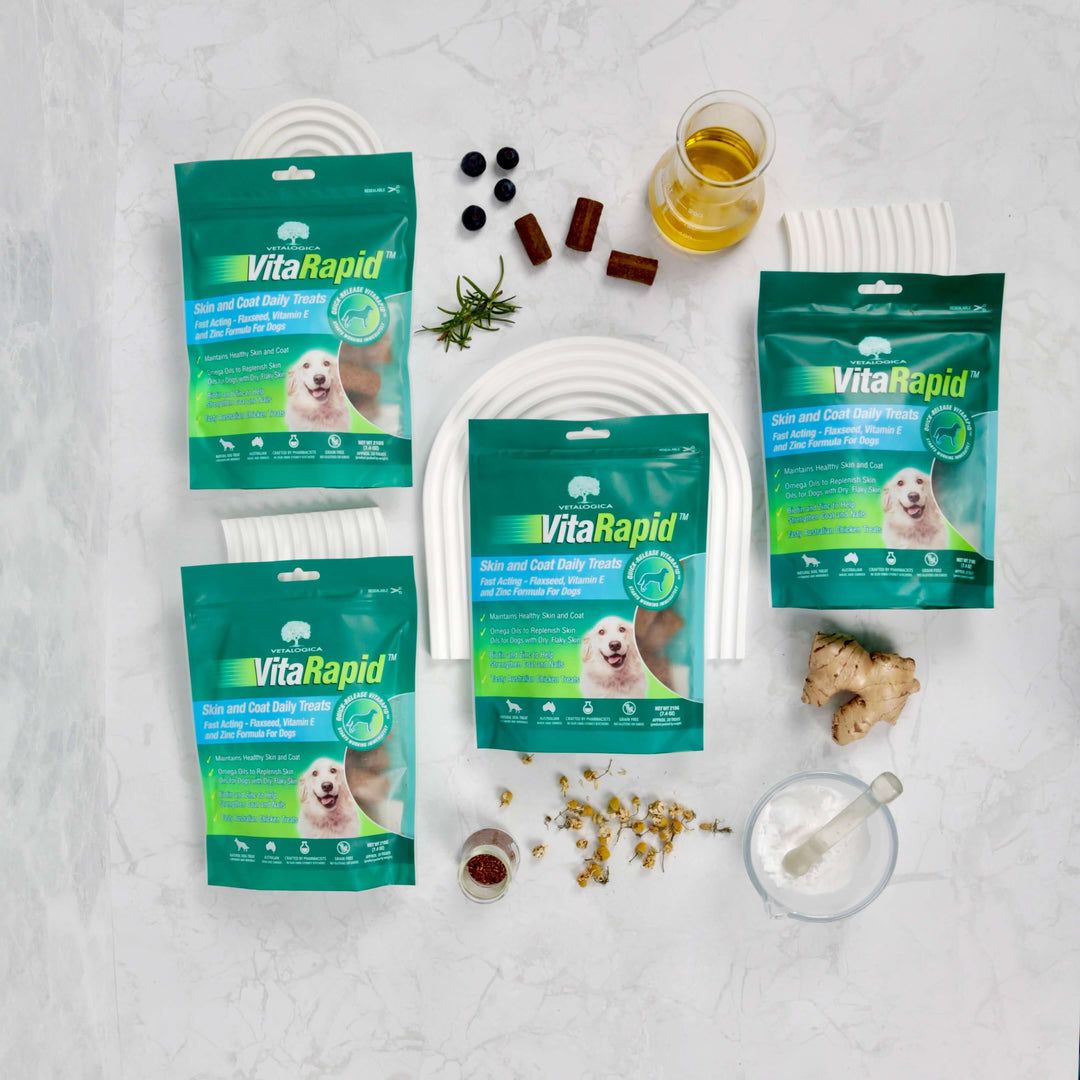


Leave a comment